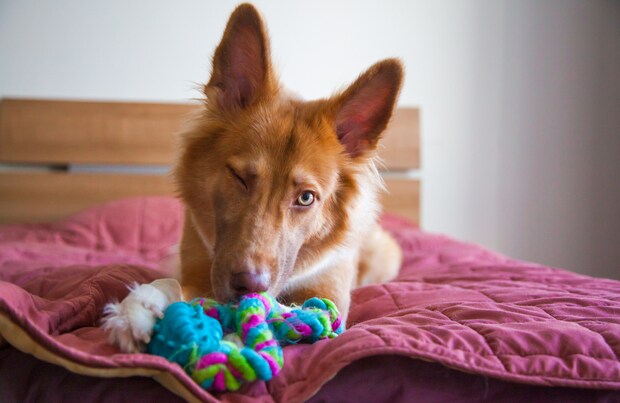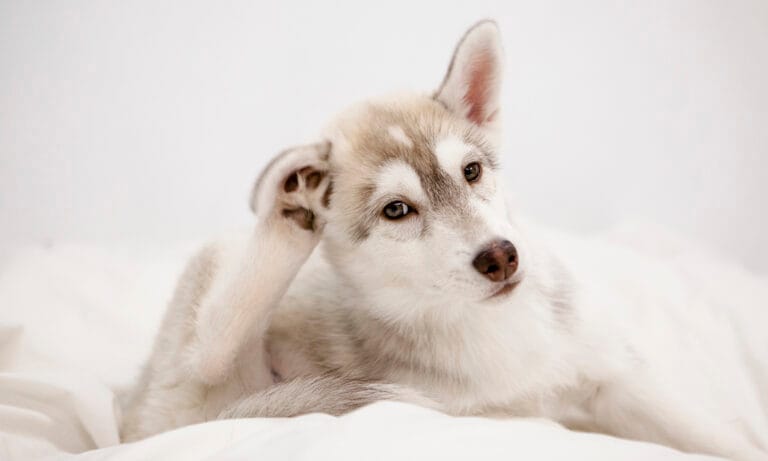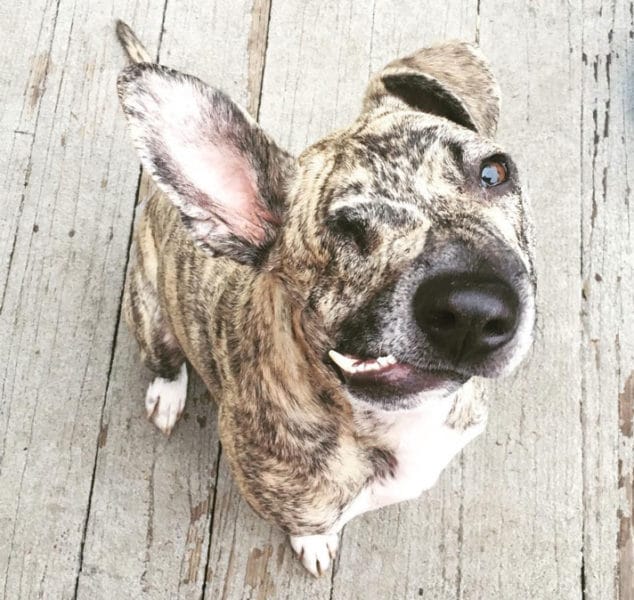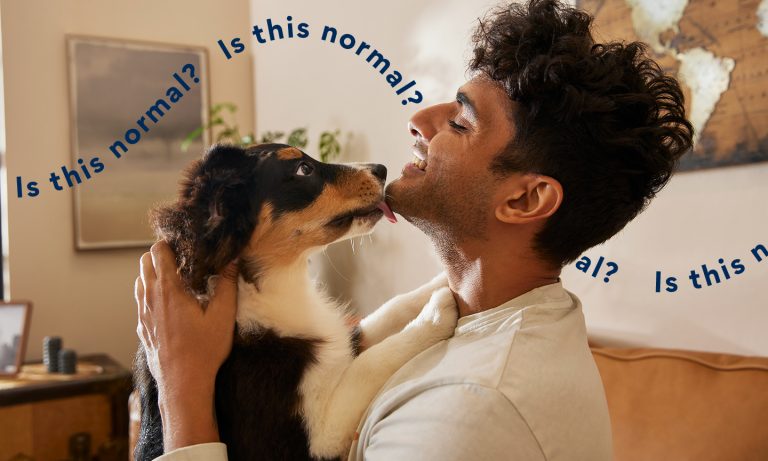Teaching your dog to put away his toys is a combination of good manners and impressive skill. The trick taps into a dog’s innate desire to fetch and retrieve, and shapes those two drives into the finished product. This charming bit of housekeeping is easiest to teach with a dog that is toy-driven, meaning, he loves playing games like fetch and tug with you, but can be mastered by less toy-crazy dogs as well.
Focus on “Drop”
First, find an appropriately sized box that’s low enough that your dog can drop dog toys in without difficulty and has a wide enough opening that you both can work comfortably over it. Begin by teaching your dog to drop a toy when you ask. Give you dog a toy that he loves, hold a treat in front of his nose while the toy is in his mouth and say “drop” right as he opens his mouth to take the treat. If your dog is particularly toy-driven, you can skip the treat and just use another toy as the reward. Repeat the process several times until you can just ask him to “drop” without having to use the food lure in front of his nose.
Now position yourself next to the box, hand the toy to your dog so that when he takes it his head is directly over the box, and immediately tell him to drop the toy so that it falls into the box when he lets go (it’s okay if the toy doesn’t make it in the box during the first few repetitions. Be generous and encouraging as your dog gets the hang of it). When your dog lets go of the toy, put the treat inside the box so that he has to put his head inside in order to get it. You want him to understand that good things happen when he puts his head inside the toy box!
Once your dog is readily dropping the toy directly into the box when you ask, toss the toy a few feet away from it. Your dog will probably chase after the toy and bring it back to the box. This time, wait and see if he drops the toy in the box without using the drop cue. You want the “drop” part of the process to be automatic instead of having to ask for it each time your dog brings a toy to the box. Give him a treat and lots of praise the first time he does it.
Practice tossing the toy in different spots around the room so your dog learns that the toy won’t always be in the same place. Next, add a new much-loved toy to the process. This might be confusing, since your dog has a strong reward history with the first toy – the second toy might throw him off. If your dog seems confused, go back to the first step and have him drop the new toy right over the box. Then toss the new toy and wait for your dog to bring it to the box and drop it in.
Once your dog is bringing each toy back to the box, add a cute cue like “clean up.” Say the cue right as your dog goes out to collect a toy. This step “names” the behavior and cements the words to the action your dog is performing.
Keep in mind that you should say “clean up” as your dog is performing the behavior during the initial stages. Within about 10 to 20 repetitions (spread out over several training sessions) your dog will understand that the cue “clean up” means “go grab those toys and put them in the box,” and you’ll be able to say “clean up” to trigger your dog to perform the action.
Then, Put Your Dog to Work
Once you’ve had a series of successful training sessions, test your dog! Scatter a few toys around the box and tell your dog to “clean up.” Praise him when he deposits the first toy and then reward him with a treat after he puts the second one in. Continue alternating praise and dog treats with each successive toy, with the idea that eventually you’ll reward your dog once the entire sequence is completed and all of the toys are put away.
If your dog is more interested in the treats than the toys, use a less interesting treat (like kibble) and new and exciting toys. Keep the experience fun and upbeat, and in no time you’ll have a canine housekeeper on your side!

Victoria Schade is a dog trainer, author & speaker who has contributed to The Washington Post, Martha Stewart, and other publications.
Share:









